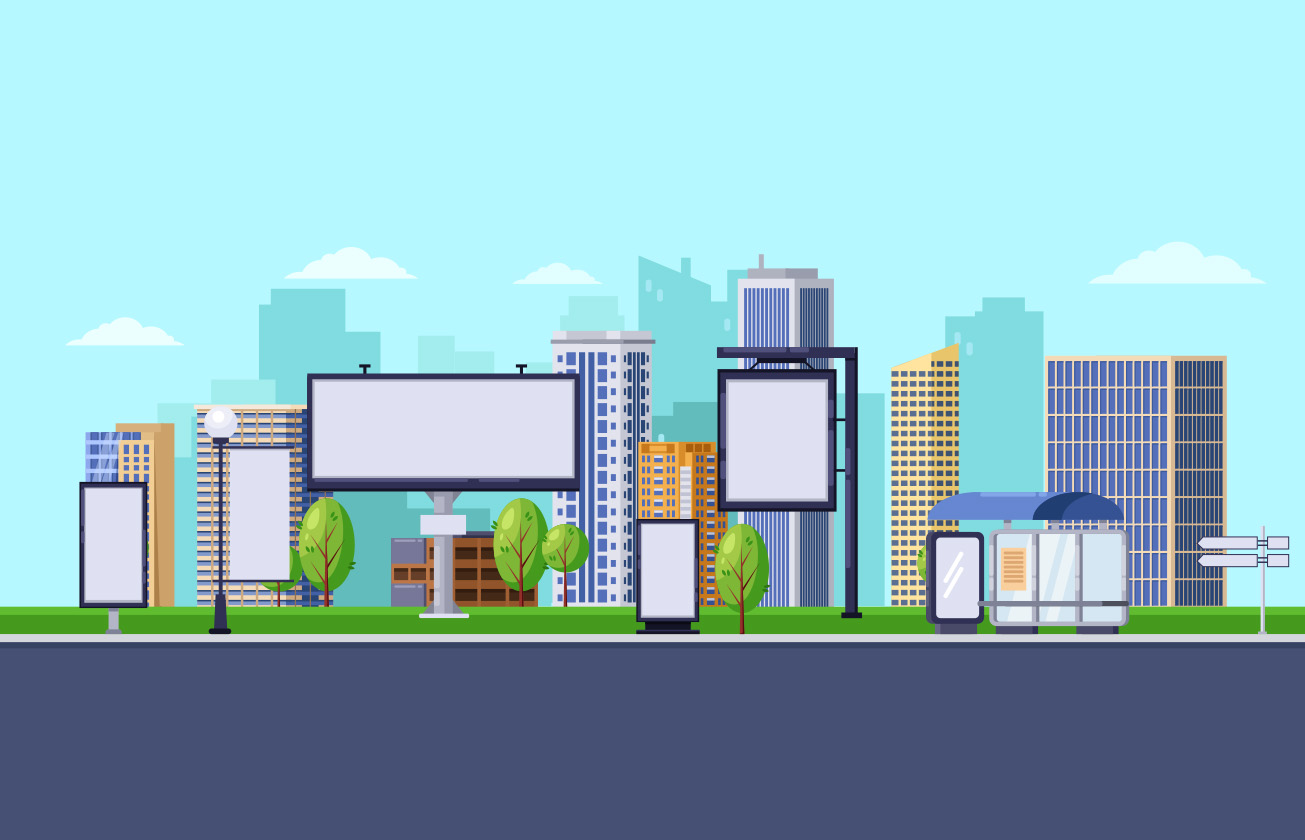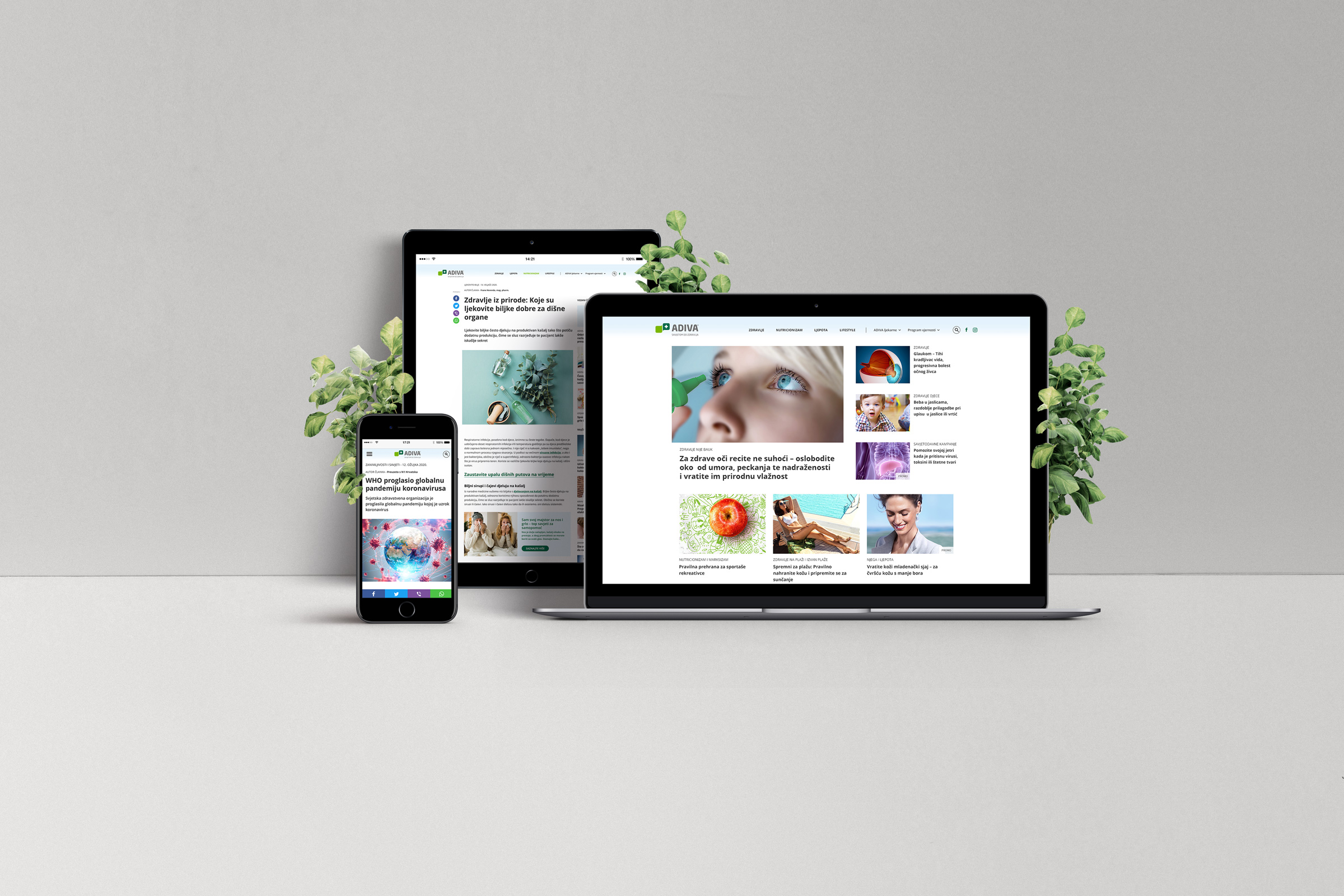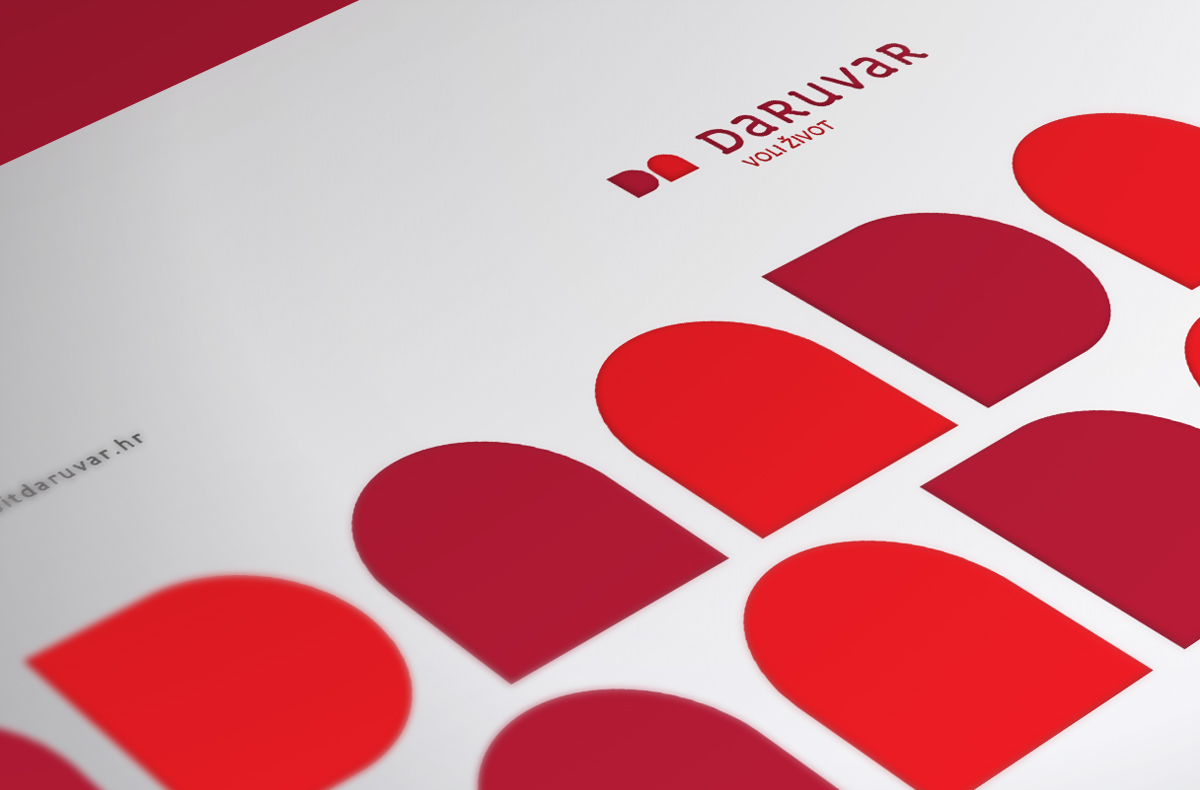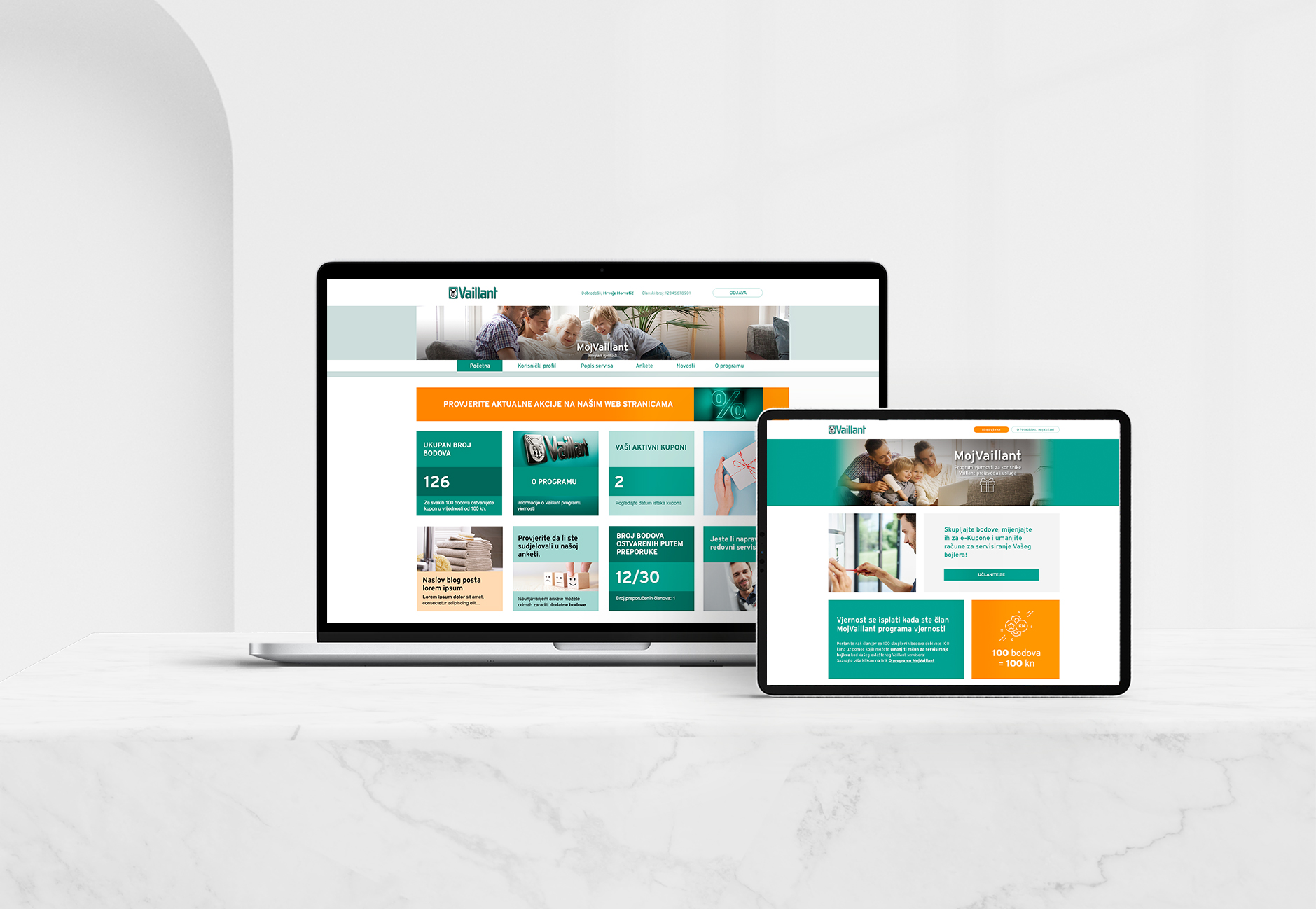The billboard is dead; long live the billboard!
The name is Jared Bell, and the year is 1830. That year, the gentleman mentioned above devised an innovative way of advertising - enormous posters for the circus.

As it is clearly seen, we have a visually striking poster that communicates the benefits of going to the circus - we have our first billboards. Not much has changed in that sense, but it has evolved gradually. After many saw Bell's success with his billboards, there was a considerable increase in the lease of space for these giant posters.
But the real billboard boom happened with the construction of the interstate highway. Most companies had ordinary billboards at the time, but some companies, such as Coca-Cola or Burma Shave, went a step further and tried to entertain the drivers.

And everything was beautiful in the world of creative marketing until out of nowhere appeared its nemesis - the Internet. As a result, a new form of advertising has occurred with the Internet - digital marketing. After many decades, the billboard format suddenly became antique and obsolete.
But is that really the case?
All objections against billboards are, in a sense, objections against traditional marketing. They are clumsy, and they can not precisely target who they need to target, and most of all - they are expensive. And all this is true, especially regarding the display ads and their price, but we think they certainly have their purpose in 2021 and beyond.
Let’s explore a couple of reasons why we think so
The first reason is self-evident - people still spend a lot of time in cars. Driving, if we don’t break traffic rules, isn’t the most exciting thing in the world, is it? That is why our eyes often look away, looking for other things to catch our attention - the billboards. In addition, seeing the same billboard day after day is a very effective method of crawling under the skin of a potential customer.
The second reason leans (slightly) on the first - catching impulsive customers. Let’s say a person drives home after work. He might be thinking – I need to buy a white shirt for the meeting. While driving, he sees a billboard that clearly talks about the discount at the store inside the mall. It will be his first stop in his shopping, and maybe his last. And no, we’re not making this up - a scientific study has confirmed this claim! Let's be honest, how many times have we ended up unplanned at McDonald's after seeing a Big Mac on a billboard?
The third reason is a little more abstract, but we will try to explain it best. Billboards will "not get lost", as display ads (which often are „lost“ due to adblockers or five other ads around them, etc.). Once the design and print preparation is done - the billboard is ready and available 24 hours, 7 days a week - in the same places. So you can always be sure that they will be seen as well.
The fourth reason is the trust that customers have in OOH marketing. Believe it or not, advertising on digital channels is at the bottom of trust, while classic advertising is at the top of the trust list. Again, the reasons are clear - people surfing the internet see over 5,000 commercials a day. That is a lot. We all loathe YouTube ads, for example, and can't wait for a millisecond longer until we skip them, and such advertisements often have a counter-effect.
On the other hand, the extreme rise of online scams, fake news, fake profiles, and similar things has led to the erosion of customer confidence in the online world. On the other hand, OOH advertising is seen as “trustworthy” and an act done by successful and respectable firms. Of course, we don’t wholly agree with that, but customers do.
Evolution of billboard
Another important reason is the evolution of billboards into digital billboards. You must have seen big GO2Digital billboards on Držić Avenue or the steps of the Importanne Center. This brings us to the combination of the digital sphere and classic marketing. The classic is reflected in the fact that it is still the OOH format that people see - like it or not. But it still allows for a specific strategy. Since digital billboard formats will enable you to edit ads, you can, in agreement with the company, strategically play your ads during rush hours - around 09:00 in the morning and around 17:00 in the afternoon. In addition, the video format allows for even greater creativity.
And when it comes to creativity, this is the last reason marketers love billboards. When you're making a billboard - the sky is the limit (and yes, we spent three hours coming up with this sentence). We can throw in a million guerrilla billboards here. Still, we will focus on the campaign, which, in our opinion, is one of the best examples of how to combine OOH, guerrilla, and cause marketing ingeniously.
In 2020, when most cafes were closed, Heineken came up with the incredible idea of promoting Heineken on the storefronts of bars, and at the same time, helping bar owners who had no source of income during the lockdown. This has resulted in one of the most brilliant OOH campaigns in a long time. And another significant fact - 100% of bars, and we're talking over 5000 bars, reopened. So was Heineken a key factor in their survival? We don't know, but we're sure they helped – a lot!
The combination of ingenious headlines, noble goal, and originality earned Heineken and the agency Publicis Italy, the Grand Prix, and Cannes's silver lion.
These are just some of the reasons we think billboards are still extremely useful in the digital age.
And, of course, for the most original and effective billboards, you can always contact a creative marketing agency.


